Capital expenditure for construction
Capital expenditure (sometimes abbreviated as Capex, CAPEX or CapEx) is one-off expenditure that results in the acquisition, construction or enhancement of significant fixed assets including land, buildings and equipment that will be of use or benefit for more than one financial year.
Whilst it is generally relatively straight forward to identify expenditure necessary to acquire or construct fixed assets, distinguishing between enhancements and expenditure such as repairs, maintenance, or replacement can be difficult. Very broadly, enhancements should either:
- Significantly lengthen the life of the asset.
- Significantly increase the value of the asset.
- Significantly increase usefulness of the asset.
Capital expenditure is often distinguished from operational expenditure (OPEX sometimes referred to as 'revenue expenditure'). This is expenditure incurred in day-to-day operations, such as; wages, utilities, maintenance and repairs, rent, sales, general and administrative expenses, and so on.
In construction, capex and opex can be considered to be associated with separate, distinct stages, with capital expenditure during acquisition and construction, and then a ‘handover’ to operational expenditure when the client takes possession of the completed development.
Capex and Opex can be seen as competing needs, with higher capital expenditure often resulting in lower operational expenditure, as a higher quality asset may have lower maintenance and repair costs, lower utilities costs, and so on. While sometimes the division between capital and operational expenditure can be one of necessity, based on the resources available to the client at the time, it can be the result of an assessment of whole-life costs.
Whole life costs consider all costs associated with the life of a building including:
- Acquisition.
- Fees
- Construction.
- Insurance, inflation and financing.
- Fixtures, fittings and equipment.
- Relocation.
- Operation.
- Disposal.
Whilst it is often tempting to seek savings in the early stages of a project, the relative benefit of this tends to be outweighed by the long-term impact.
This is sometimes demonstrated by a rough assessment of the typical costs of an office building over 30 years, in the ratio:
- 0.1 to 0.15 for design costs (ref. OGC Achieving Excellence Guide 7 - Whole-Life costing).
- 1 for construction costs.
- 5 for maintenance and building operating costs during the lifetime of the building.
- 200 for the cost of operating the business during the lifetime of the building.
(Ref. Report of the Royal Academy of Engineering on The long term costs of owning and using buildings (1998).)
However, this has been criticised as misleading, not least because the construction industry accounts for around 7% of GDP, implying a much more significant proportion of business costs than the ratio suggests. Other ratios of construction costs to operational costs to business costs have suggested figures as low as 1:0.6:6 for some types of buildings. However, the usefulness of these ratios is questionable, other than if they are calculated based on actual figures for specific businesses.
[edit] Related articles on Designing Buildings Wiki
- Budget.
- Business plan.
- Capital allowances.
- Capital costs.
- Construction project funding.
- Cost plans.
- ECA welcomes the Value Toolkit for the construction industry.
- Is hydrogen the heating fuel of the future?
- Life cycle assessment.
- Net Present Value.
- New Rules of Measurement.
- Opex.
- Value management.
- Value.
- Whole life costs.
Featured articles and news
Shortage of high-quality data threatening the AI boom
And other fundamental issues highlighted by the Open Data Institute.
Data centres top the list of growth opportunities
In robust, yet heterogenous world BACS market.
Increased funding for BSR announced
Within plans for next generation of new towns.
New Towns Taskforce interim policy statement
With initial reactions to the 6 month policy update.
Heritage, industry and slavery
Interpretation must tell the story accurately.
PM announces Building safety and fire move to MHCLG
Following recommendations of the Grenfell Inquiry report.
Conserving the ruins of a great Elizabethan country house.
BSRIA European air conditioning market update 2024
Highs, lows and discrepancy rates in the annual demand.
50 years celebrating the ECA Apprenticeship Awards
As SMEs say the 10 years of the Apprenticeship Levy has failed them.
Nominations sought for CIOB awards
Celebrating construction excellence in Ireland and Northern Ireland.
EPC consultation in context: NCM, SAP, SBEM and HEM
One week to respond to the consultation on reforms to the Energy Performance of Buildings framework.
CIAT Celebrates 60 years of Architectural Technology
Find out more #CIAT60 social media takeover.
The BPF urges Chancellor for additional BSR resources
To remove barriers and bottlenecks which delay projects.
Flexibility over requirements to boost apprentice numbers
English, maths and minimumun duration requirements reduced for a 10,000 gain.
A long term view on European heating markets
BSRIA HVAC 2032 Study.
Humidity resilience strategies for home design
Frequency of extreme humidity events is increasing.
National Apprenticeship Week 2025
Skills for life : 10-16 February










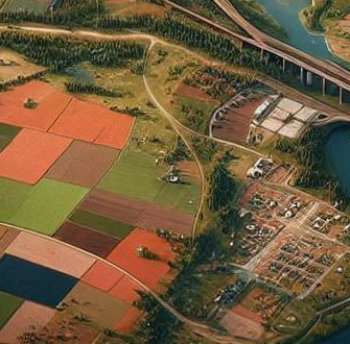
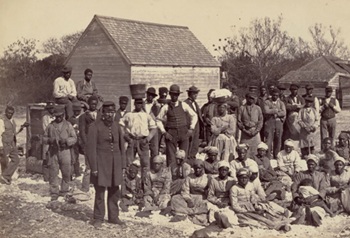
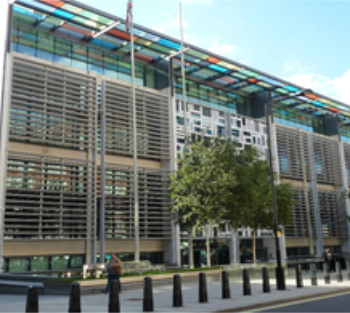

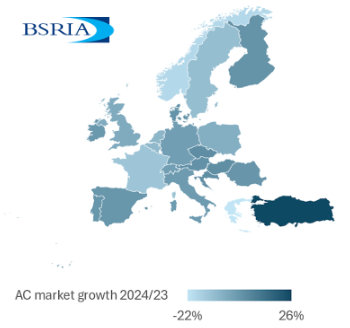


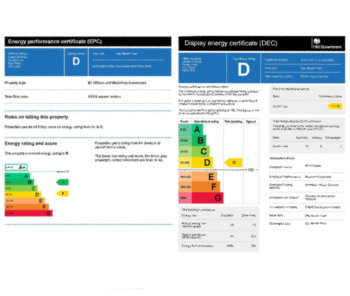
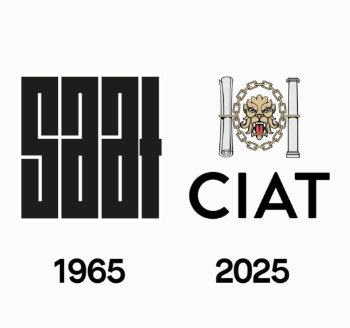





Comments
This article was helpful,and quite elaborate.Thanks to the author